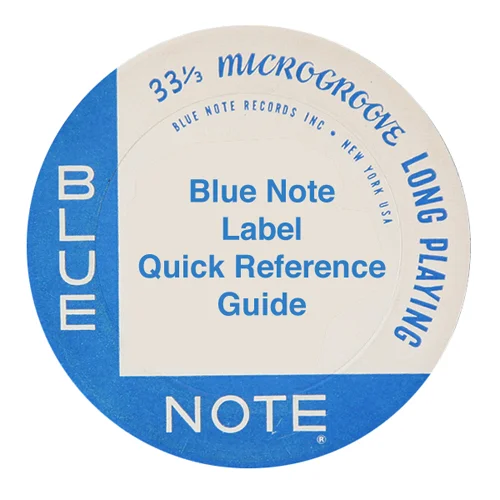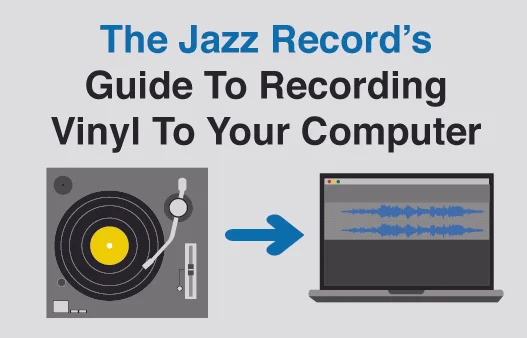Masters At Work: Milt Jackson Quintet featuring Ray Brown - "That's The Way It Is"
/Milt Jackson Quintet featuring Ray Brown • That's The Way It Is • 1969 •Impulse!
Recorded Live August 1st & 2nd at Shelly's Manne-Hole, Hollywood, CA
The Selections:
The Tracks:
A1. Frankie And Johnny
A2. Here's That Rainy Day
A3. Wheelin' And Dealin'
B1. Blues In The Sunset
B2. Tenderly
B3. That's The Way It Is
The Players:
Milt Jackson - Vibes
Ray Brown - Bass
Teddy Edwards - Tenor Sax
Monty Alexander - Piano
Dick Berk - Drums
The Record:
A couple of Hip Young Cats: Milt and Ray Performing Together In 1948 (Photo ©️ William P. Gottlieb)
As the story goes, Milt Jackson and Ray Brown would meet up once a year for a run of gigs at Shelly's Manne-Hole, not because they couldn't find work elsewhere, but rather (as the liner notes put it) for "the pleasure of making music". That's The Way It Is comes from a pair of 1969 shows with a stellar quintet that featured three jazz masters (Teddy Edwards and the two headliners) along with the young up-and-comer Monty Alexander, who would go on to have an impressively long and varied career that is still going strong today. The somewhat obscure Dick Berk manned the drummer's chair, admirably laying down the tempo for this set of hard bop jazz that not surprisingly harkens back to a simpler time of blues-based jazz music.
Jackson and Brown's friendship went way back, they first played together in the rhythm section of Dizzy Gillespie's band from 1946 to 1951. The other members of the rhythm section, not coincidently, were John Lewis and Kenny Clarke, who would soon thereafter go on to form The Modern Jazz Quartet with Jackson, the group for which he is most often associated with. Brown is best known for his enduring work with the Oscar Peterson Trio, whom he played with for nearly fifteen years from 1951 until 1966. Apparently the two men remained close throughout the years, resulting in their yearly meetings at the famous Hollywood jazz club. In addition to this live LP, they would also record a couple of big band albums together for Impulse!, both of which remain pretty obscure.
That's The Way It Is finds the pair playing a jazz style that by 1969 had fallen out of favor with the listeners of popular music (at least in terms of record sales), but that's the reason I love a record like this: it gives a sense of what you would find in smaller jazz clubs during this period when this music was supposedly a dying art form. This was a time when post bop, electric jazz and fusion were the stylistic watchwords of the day, so it's nice to see that Impulse! had the sense to record Jackson and Brown playing in a modern jazz style that they once helped to popularize. Even though the record is fairly mellow, the musician's love of the classic jazz sound shines through, and the subtle nature of the music seems a conscious choice against the more in-your-face electric jazz that was gaining momentum all around them. One can imagine the audience members kicking back with their cocktails, nodding their heads in appreciation at the calm and collected grooves being laid down in front of them.
No need to extoll the great talents of Jackson and Brown here, if you are unfamiliar with their work go check out the Modern Jazz Quartet and Oscar Peterson Trio, but a few quick words on Teddy Edwards seem appropriate. By the time of That's The Way It Is he had certainly fallen out of favor with the jazz mainstream, but in the late 1940s he was considered one of the best (if not the most influential) tenor saxophone players along with Dexter Gordon and Wardell Gray. In 1947 Edwards and Dexter Gordon released the "The Duel", a recording that would cement both men's legendary status in the jazz world. It seems Edwards didn't achieve the same level of fame as his counterparts from the '40s due to his decision to remain in Los Angeles rather than head east, but that would explain Jackson and Brown tapping him to play in their quintet at a Hollywood jazz club, and what better choice for this set of music than a cat like Edwards who by this time had presumably seen and played it all.
A Young Teddy Edwards
While the quieter tracks on the album feature some outstanding bass work from Brown (particularly his solo work on "Tenderly"), I'm certainly more partial to the upbeat tracks, in particular "Wheelin' And Dealin'" and the title track that closes out the record. The band swings and there is an instant delight in the interplay between the musicians. Nothing fancy, just some great jazz music. I'll quote Morgan Ames' liner notes again, as he sums up the recording quite well: "This is not experimental jazz. It's beyond that, or as they say in New York, outside that. This is solid, rooted, sweet-smelling earth of an enduring style, as played by masters." Well said, and even if the record labels had already begun to abandon this "enduring style", it's reassuring in hindsight to know that it was still out there, almost underground perhaps, but like the best that art has to offer it was simply biding it's time until the world would be once again ready to embrace it.
The Vinyl:
The Details: An original 1969 pressing on the first version of the "Impulse! ABC Records" label. It is easily dated as pre-1972 by "A Product of ABC Records, Inc. New York, N.Y. 10019 • Made in USA" along the bottom (this would be shortened to differing lengths starting in 1972 until the next label change in 1974). This label version is often considered to be the last of the "audiophile" sounding pressings, although I own some later "neon" and "green bullseye" repressed titles and they sound pretty darn good to my ears (especially at the nice price you can snag em at).
The Price: I paid $12 at a local shop, probably a few dollars too much considering the vinyl is only a bit better than VG and the cover is pretty beat up. But, hey, I'm a sucker for both Milt Jackson and an original Impulse! pressing, even a later '60s one like this, and in this age of newfound interest in vinyl the price-point is probably about right.
The Sound: The vinyl sounds good, but it is a little beat up, so the longer quieter passages featuring Brown's mellow bass solos have a some pop and crackle even after a run through the cleaning machine. That's vintage vinyl for you, though, if I wanted pristine sound every time I'd go get the CD.
Notes: This era of LPs isn't gonna sound as mind-blowing as pressings from even a few years before, but a strong clean VG+ copy will sound great. That's The Way It Is may not be the finest recording by either of the headliners, but it is still an interesting and fun live album that is a nice change of pace, especially if you are looking for a little late-period hard bop to brighten up your day.












